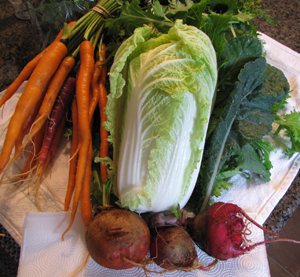
It's a new year... an opportunity for a brand new start, right?! We've all seen the headline “A New Year…A New You.” It's everywhere! January is the month for making New Year's resolutions. If we're like most people, we've made the same resolution every year to eat healthier and exercise more. But again, if we're like most people we've made this same commitment to ourselves every January because we didn't succeed in the previous year. Why is that?
Did we fail to plan how we were going to accomplish it? Did we fail to take action? Did we lack support? Did we start, find out it was just too difficult, and quit? Did we lack the resources (education, knowledge, finances etc.)? Or did we just get too busy and forget?
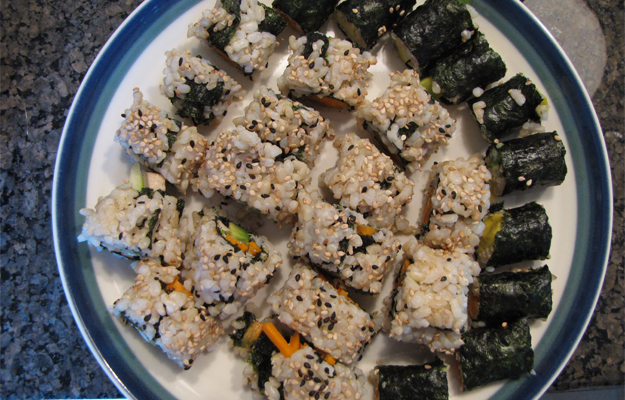
Let's take a look at the people who did manage to achieve their health and wellness goals last year. What do they all have in common? More often than not it comes down to one thing…the decision to become a different person.
There is one diet emerging as the most effective in terms of not only weight loss, but in preventing the leading killers of Americans: heart disease, type 2 diabetes and cancer. It's called plant-based nutrition and it's a lifestyle, not a diet. When we hear the word “diet” we typically associate it with the words “temporary,” “portion control,” “counting calories” and “restrictive.” Do we enjoy being on a diet? No. We enjoy eating and we love food. Food is a social thing. A diet takes the fun out of food.
So, let's decide not to diet in 2013 and instead change our lives. Let's change the way we think about food. As Hippocrates said, “Let food be our medicine.”
We don't need to convince ourselves that fruits and vegetables are healthy for us. We already know we should eat more of them daily. What we need to focus on is why don't we?
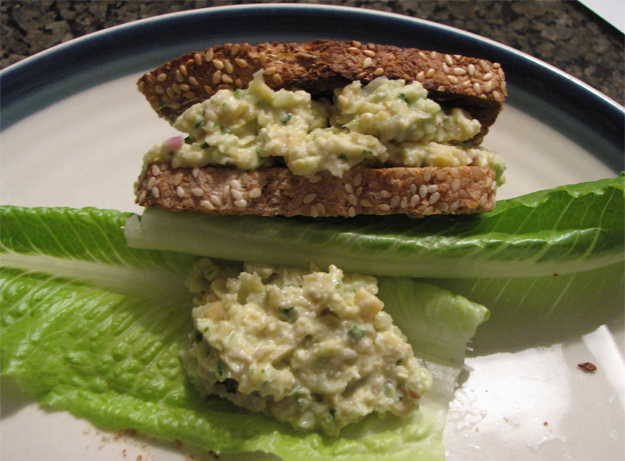
When we look at research on human change, the “slow and steady” approach only works for a small percentage of people. Most of us need to embrace a new lifestyle immediately and with 100% determination in order to succeed at the change we desire.
Let's make a commitment to completely change our mindset about food. Making the decision to eat for health is a purposeful, resolute choice made with firm and enthusiastic intention.
How do we make a lasting change? First, we need to uncover our true motivation and then make a decision to take action. My personal motivation to switch to a plant-based lifestyle was to reduce the amount of physical pain I was experiencing. I suffered from chronic muscle and joint pain, back aches and migraines. I was in pursuit of a pain-free life. I visualized how I would feel and all the things I could do if I were pain free. Within just a few weeks on a whole foods plant-based diet I found that and more! A plant-based lifestyle has given me more energy and youthful looks…and a figure that I never imagined at age 41.
The people I coach all have one thing in common… they are seekers of a better quality of life. Their goals are formulated by specific motivations of wanting to be able to do things such as:
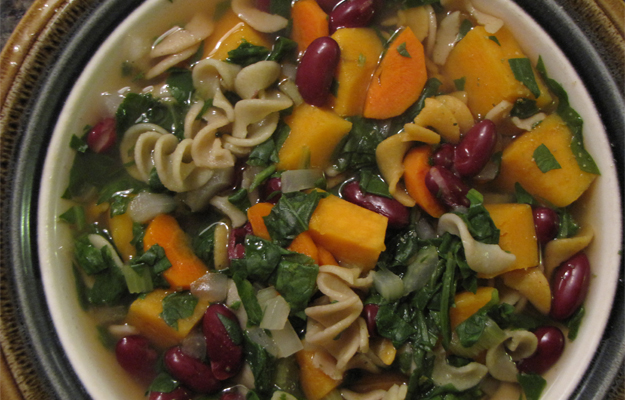
• Go hiking with their grandkids• Walk a full round of golf without joint pain• Run/walk a marathon• Dance at their grandchild's wedding• Never diet again• Never have another heart attack• Get more accomplished at work• Sleep well at night
If we want to change our lives, our goals have to be stated in a big picture way. Just saying that we want to lose weight or exercise more aren't specific enough and won't get us to where we want to be. Stating a goal to live a long pain-free, disease-free life to be active with our grandkids is a huge motivator and keeps us focused on achievement. It is easier to visualize that goal, therefore, easier to stay motivated.
Once we have visualized our motivator, we will remind ourselves of it every day. To make a lasting change we need to stick to our new diet lifestyle 100% for three weeks. This is the amount of time it takes in order to form a new habit. It's also the time our palate needs to adjust to new and different foods.
So why do I promote a plant-based lifestyle as so advantageous? We don't have to count calories, weigh our food or limit food intake in order to lose weight and get all the nutrients our bodies needs to be healthy! It's not a diet; it's a decision to eat the most nutritious foods available.
We don't need to become vegan to follow a plant-based diet. Many plant-based followers consume some animal foods. The focus is on eating more whole foods and “real” food, and less processed packaged foods.
In my next blog post I will explain the fundamentals of a plant-based lifestyle and tips for making a smooth successful transition from the standard American diet to one that is more health promoting.
In great health,
The Joyful Elephant
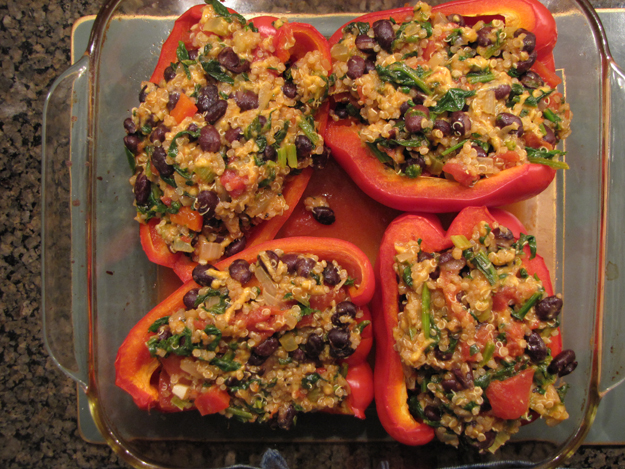
Quinoa Stuffed Peppers
Adapted from: Vegetarian TimesServings: 6 pepper halvesIngredients:2 T. olive oil1/2 medium onion, finely chopped (1/2 cup)2 ribs celery, finely chopped (1/2 cup)2 cloves garlic, minced2 tsp. ground cumin1 tsp. chipotle chili powder1 7-oz. pkg. fresh spinach, chopped in food processor1 15-oz. can diced tomatoes, drained, liquid reserved1 15-oz. can black beans, rinsed and drained1 1/2 cups cooked white quinoa3/4 cup Daiya cheddar style shredded non-dairy cheese3 large red bell peppers, halved lengthwise, seeds and stems removed
Instructions:
Preheat oven to 350°F.
Cook ® cup quinoa in 1 1/4 cups water to yield a bit more than 1 1/2 cups cooked. Turn off heat once water is absorbed and let sit covered.
Prepare bell peppers by halving lengthwise, remove stems and seeds. Pour liquid from tomatoes in bottom of baking dish that is lined with parchment paper. Place peppers in baking dish, cut side up. Roast peppers for 15 minutes while you are preparing the filling.
Heat oil in saucepan over medium heat. Add onion and celery, and cook 5 minutes, or until soft. Add drained tomatoes, cumin, chili powder and garlic, and stir to combine. Add chopped spinach. Cook 5 minutes, or until most of liquid has evaporated.
Stir in black beans and 1 1/2 cups cooked quinoa. Turn off heat and stir in 3/4 cup Daiya cheese, stirring until melted. Season with salt and pepper, if desired.
Remove baking dish from oven. Peppers should be slightly blackened on the edges and beginning to shrivel. Fill each bell pepper half with quinoa mixture. Bake for 15 minutes uncovered. Transfer stuffed peppers to serving plates, and drizzle each with pan juices before serving.
This dish freezes well for future meals. Freeze each bell pepper half individually in plastic containers.
Photos Courtesy of Michelle ML Trent


